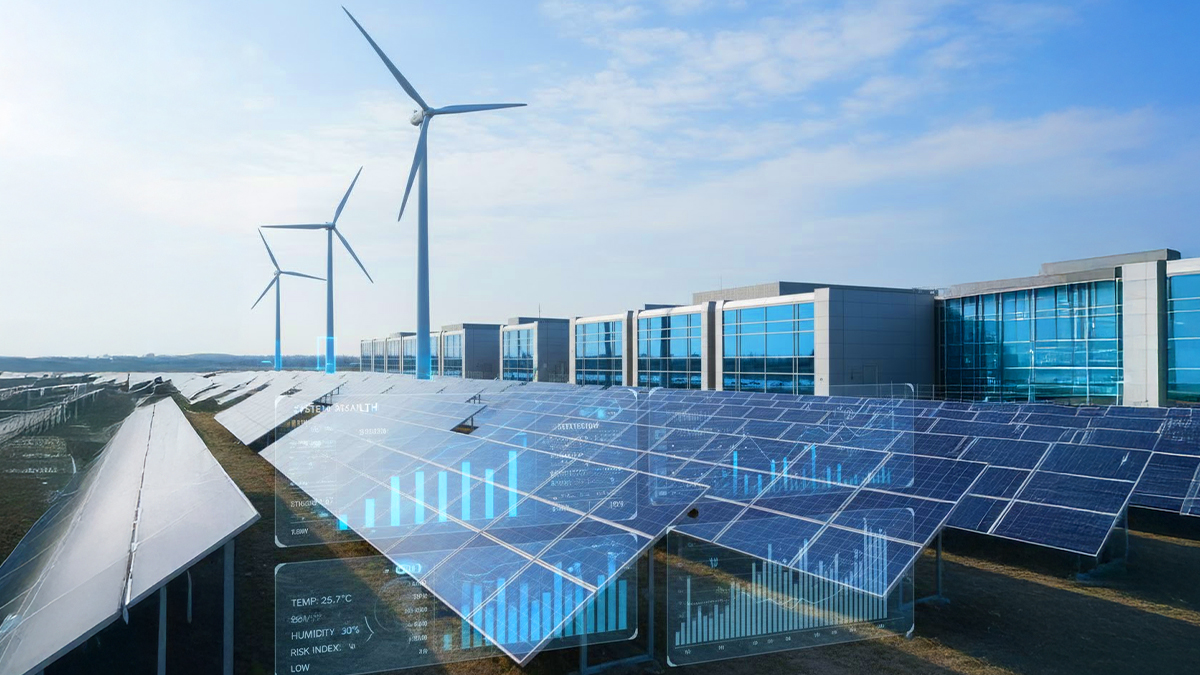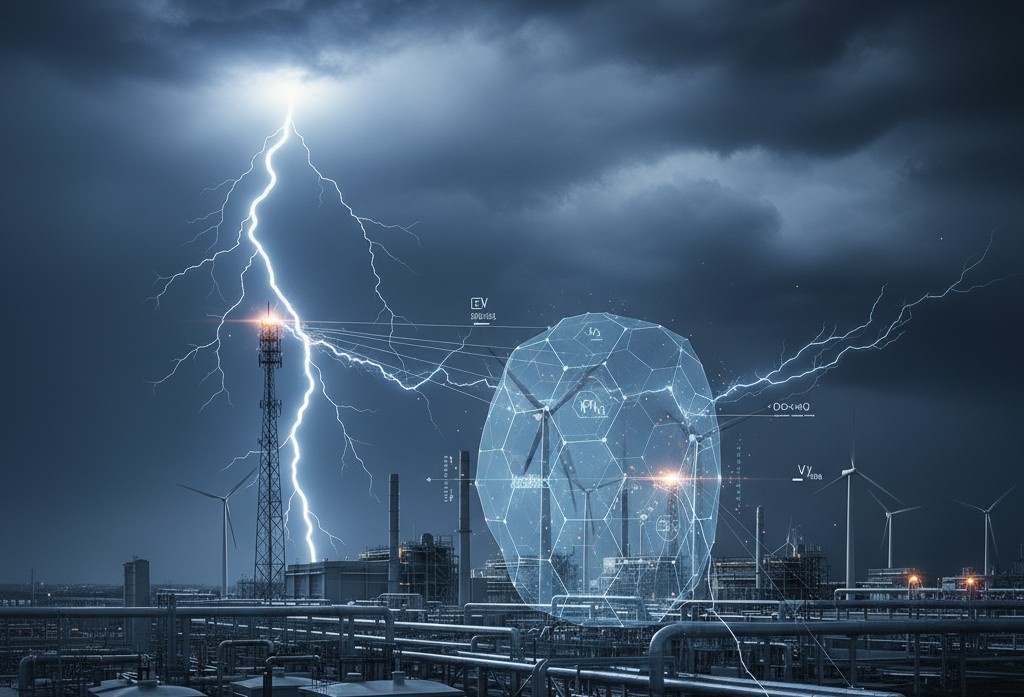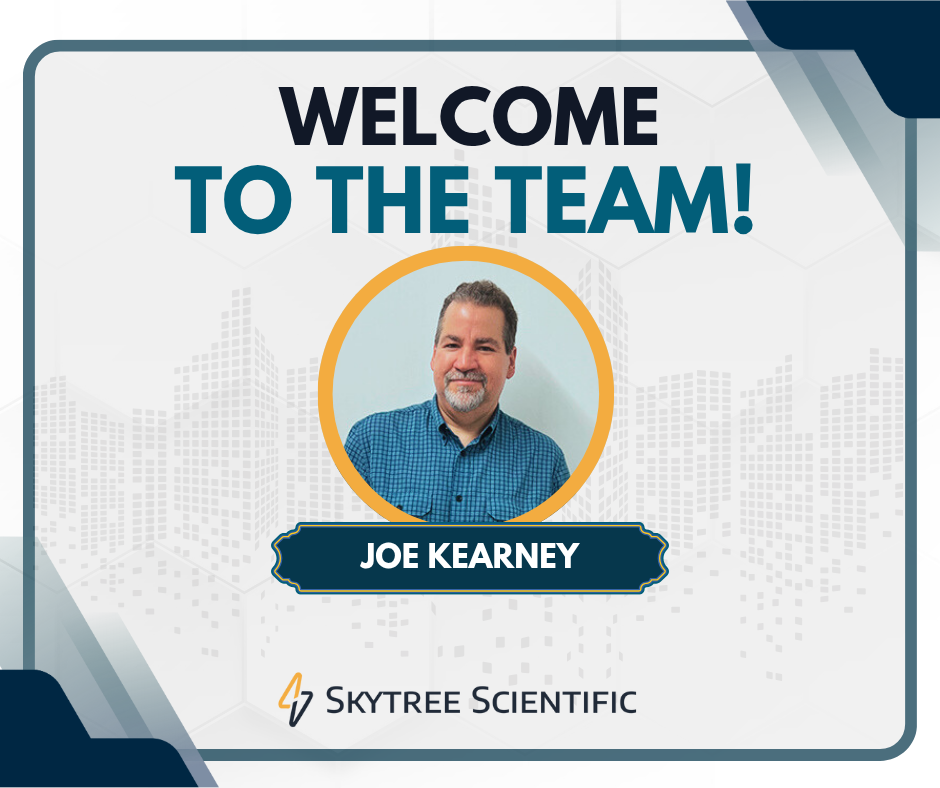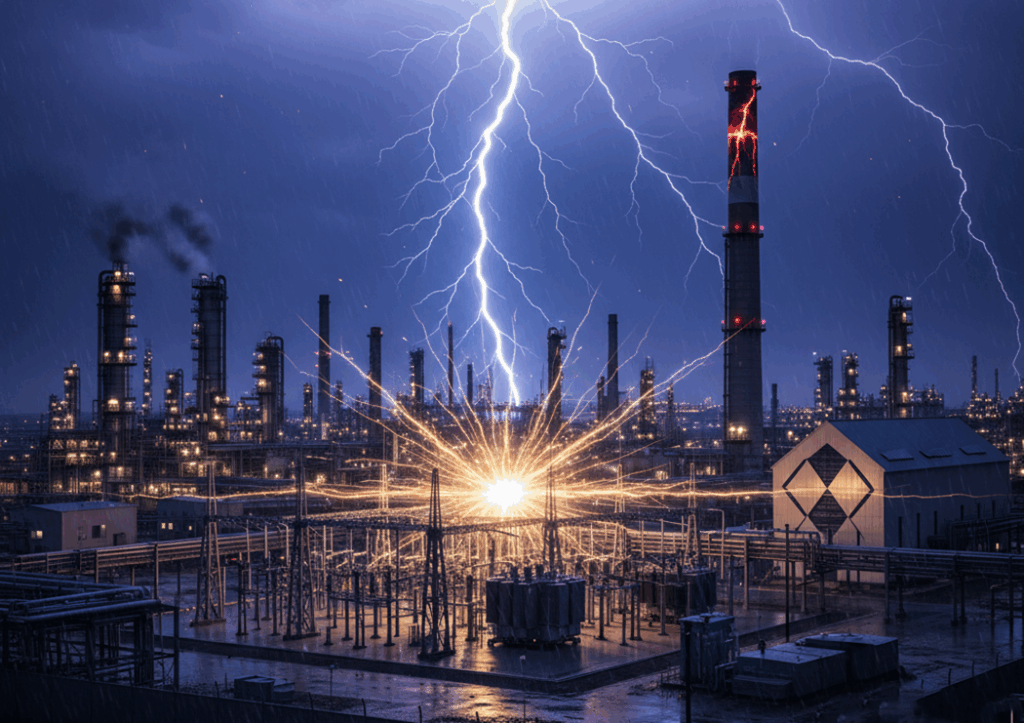A single bolt of lightning carries enough electrical energy to power a home for weeks, yet it delivers that power in mere milliseconds. For commercial and industrial facilities, this raw force of nature represents one of the most serious threats to operations, equipment, and human safety.
The statistics paint a sobering picture. Lightning strikes cause billions of dollars in property damage annually, and as severe weather events intensify across many regions, the risk continues to climb. For businesses operating in high-risk areas or facilities housing sensitive equipment, the question isn’t whether lightning will strike nearby, but when.
This reality makes a properly designed lightning protection system not just a wise investment, but an essential safeguard for modern operations. However, the protection level your facility needs depends on multiple factors, from local climate patterns to building characteristics. That’s precisely why a comprehensive Lightning Risk Assessment serves as the cornerstone of effective lightning protection system design.
Understanding Lightning Protection Systems: Your First Line of Defense
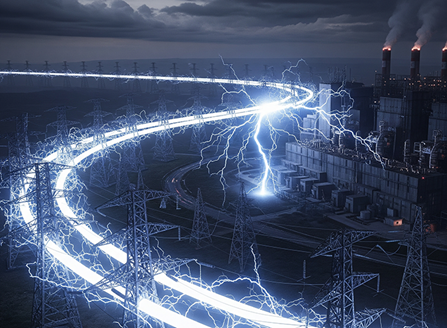
A lightning protection system represents far more than a simple lightning rod on a rooftop. It’s a sophisticated, engineered network designed to intercept lightning strikes, conduct the massive electrical energy safely, and dissipate it harmlessly into the ground.
Think of a lightning protection system as a carefully planned highway for electrical energy. Without this controlled path, lightning will create its own route through your facility, potentially causing fires, destroying sensitive electronics, or creating dangerous conditions for personnel. The system essentially gives lightning an irresistible, low-resistance pathway that bypasses your critical infrastructure entirely.
Modern lightning protection systems integrate several key components working in harmony: air terminals strategically positioned to attract strikes, robust conductors that channel the energy downward, comprehensive grounding networks that safely disperse the charge, and surge protection devices that shield sensitive equipment from electrical transients.
Compliance with established standards like IEC 62305-2 for risk management and NFPA 780 for installation practices ensures your lightning protection system meets rigorous safety and performance criteria. These standards have evolved from decades of research and real-world experience, providing the framework for truly effective protection.
It’s crucial to understand that lightning protection needs vary dramatically between facilities. A data center housing millions of dollars in servers requires different considerations than a warehouse storing non-electronic inventory. However, every commercial facility should implement surge protection devices at minimum, as these protect against the indirect effects of nearby lightning strikes that can damage equipment even without a direct hit.
The Building Blocks of Comprehensive Protection
A complete lightning protection system functions as an integrated network where each component plays a vital role in the overall defense strategy.
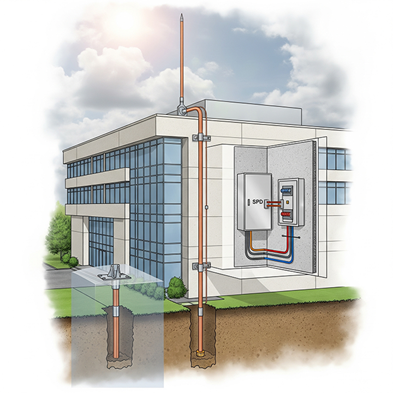
Air Terminals: The First Point of Contact
These conductive metal rods, positioned at the highest points of your structure, serve as the preferred target for lightning strikes. While traditional Franklin rods remain effective, advanced options like charge dissipation terminals and early streamer emission terminals offer other performance characteristics for specific applications.
Conductors: The Energy Highway
Heavy-duty copper or aluminum cables create the critical pathway from air terminals to the earthing system. These conductors must be sized appropriately to handle the massive current of a lightning strike without degradation or failure.
Grounding/Earthing and Bonding: The Foundation of Safety
This component encompasses two essential functions. Bonding connects all metallic elements within your facility to the lightning protection system, preventing dangerous side-flashes that can occur when electrical potential differences exist between metal objects. The grounding system, featuring copper ground rods or plates buried in the earth, provides the final destination for lightning energy, safely dispersing it into the ground.
Surge Protection Devices: The Electronic Guardian
SPDs installed throughout your electrical distribution system act as the last line of defense for sensitive equipment. These devices activate instantly when voltage surges occur, whether from direct strikes or nearby lightning activity, clamping excessive voltages before they can reach and damage your electronics.
Designing Your Defense: The Risk Assessment Process
Foundation: Comprehensive Site Evaluation Creating an effective lightning protection system begins with understanding your unique risk profile. This detailed assessment examines your building’s location within regional lightning activity patterns, structural height and geometry, construction materials, surrounding landscape, and the sensitivity of operations housed within.
The assessment process reveals critical insights that directly influence system design. A facility in Florida’s “Lightning Alley” faces dramatically different challenges than one in a region with minimal thunderstorm activity. Similarly, a 20-story office building requires different protection strategies than a single-story manufacturing facility.
Precision Tools: LRA Plus™ Modern risk assessment relies on sophisticated software tools like LRA Plus™ that apply international standards such as IEC 62305-2 to your specific situation. This technology-driven approach eliminates guesswork, providing quantified risk levels and specific recommendations for protection measures tailored to different areas of your facility.
This platform considers complex interactions between multiple risk factors, generating actionable insights that form the foundation for system design decisions. This systematic approach ensures your lightning protection system provides optimal protection while avoiding over-engineering that unnecessarily increases costs.
Customized Solutions for Complex Challenges
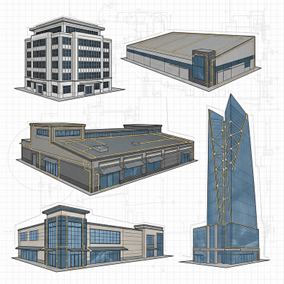
The reality of lightning protection system design is that no two facilities are identical, and neither should their protection systems be. Each installation must address the specific combination of challenges presented by building geometry, operational requirements, environmental factors, and lightning exposure levels.
While risk assessment tools like LRA Plus™ provide essential insights and clear recommendations for protection requirements, translating these findings into a complete, compliant system requires specialized expertise. The complexity of modern commercial and industrial facilities demands professional design and installation services.
Our extensive network of certified design and installation partners bridges this gap, taking risk assessment results and developing comprehensive lightning protection systems that meet both safety standards and operational needs. These professionals ensure proper integration of all components, from air terminals positioned according to protection zone requirements to surge protection devices sized and located for maximum effectiveness.
Working with certified professionals also ensures compliance with local codes and insurance requirements while providing the documentation necessary for inspections and ongoing maintenance programs.
Success in the Storm: Real-World Performance
The effectiveness of professional lightning protection system design becomes clear when examining real-world implementations. Consider the Winter Park, Florida 911 Communication Center, located in one of the nation’s most lightning-active regions with over 100 thunderstorm days annually.
This critical facility, responsible for coordinating emergency response services, could not afford lightning-related failures. The original installation met basic electrical code requirements but fell short of providing the robust protection needed for mission-critical operations.
The facility’s lightning protection system was completely transformed through a series of comprehensive upgrades. The new and enhanced system features tinned copper lightning cables and heavy-duty 4/0 copper conductors that replaced the original, undersized wiring. The entire building is now encircled by a ring ground of buried bare copper, which is connected to grounding electrodes placed at precise 20-foot intervals.
The upgrade extended beyond basic lightning protection system components. All exterior metallic elements, including electrical panels, fencing, and downspouts, connect to the grounding network. Inside the facility, 4/0 copper halo grounds installed around each room near ceiling level interlink with grounding conductors extending to every piece of equipment. Even backup generators integrate into the comprehensive grounding/earthing network, ensuring consistent electrical potential throughout the facility.
This multilayered approach created an extremely low-resistance pathway to earth, dramatically reducing lightning strike risks. The result speaks for itself: the Communication Center maintains reliable operations even during severe thunderstorms, ensuring emergency services remain available when communities need them most.
Protecting Your Investment, Securing Your Future
A properly designed lightning protection system represents far more than regulatory compliance or risk management. It’s a strategic investment in operational continuity, asset protection, and personnel safety that pays dividends long after installation.
The cost of implementing comprehensive lightning protection pales in comparison to potential losses from lightning damage. Beyond direct repair expenses, consider the broader impact of downtime on productivity, customer relationships, and competitive position. For facilities housing sensitive electronics or critical data, a single lightning event can result in losses far exceeding the total cost of protection.
Don’t wait for nature to test your facility’s vulnerability. Take proactive steps today to assess your lightning risk and implement appropriate protection measures. Your employees, customers, and bottom line will benefit from the peace of mind that comes with knowing your facility can weather any storm.


